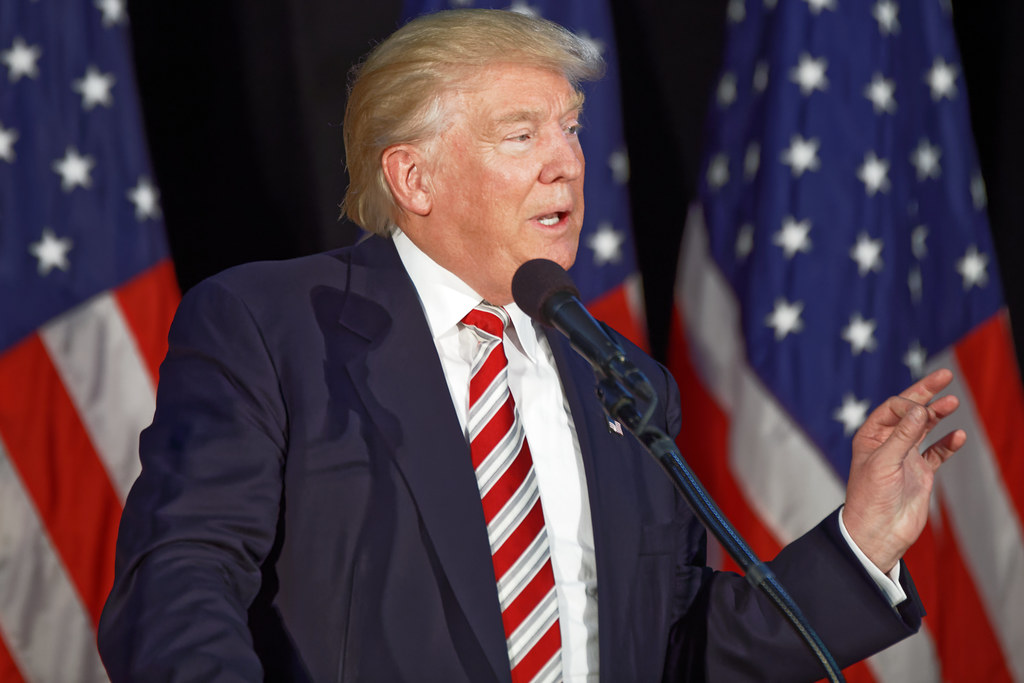Key takeaways
• A new $50 billion rural healthcare fund aims to help small hospitals.
• Critics say the fund falls short compared to $1 trillion in Medicaid cuts.
• Red tape and funding caps could force states to drop some Medicaid patients.
• Even some Republicans back bills to roll back parts of the healthcare cuts.
What Is the Rural Healthcare Fund?
The rural healthcare fund gives $50 billion to small-town hospitals. Dr. Mehmet Oz praised the plan on social media. He said the money would build a system that fits rural life. He called it a lifeline for towns where clinics struggle or close. In theory, patients would not drive hours for basic care. However, the fund stems from a larger bill that cuts healthcare elsewhere.
Critics Question Rural Healthcare Benefits
Immediately, critics hit back. Congresswoman Teresa Leger Fernández posted a chart. It showed $1 trillion in Medicaid cuts versus the $50 billion fund. She wrote that cutting a trillion is like taking away an oxygen tank. Then offering just an inhaler does not replace it. Many rural hospitals face real dangers, but critics say the fund cannot undo far larger cuts.
What the Medicaid Cuts Do
The same bill includes rules that force states to drop some Medicaid patients. First, adults without disabilities may lose coverage if they work too few hours. Second, states face strict caps on matching federal funds when they tax doctors. In practice, these rules add layers of forms and reviews. They mean more staff time and more delays for people who need care.
Work Requirements Add Red Tape
States must check if each person meets work or volunteer hours. They must also report those totals to the federal government. If someone fails to prove enough hours, they lose benefits. Often, poor or rural residents lack internet access or steady jobs. Thus, many could lose coverage without realizing it. Overall, the process may push people out of Medicaid.
Caps on Funding Threaten Hospital Budgets
Under the new caps, states can’t claim extra federal dollars when they tax medical providers. This change limits state budgets for public health. When states lose money, they often cut local clinic support. Rural healthcare systems rely on state-federal partnerships. With fewer funds, towns may see fewer doctors and longer wait times.
Bipartisan Pushback on Health Cuts
Even some conservatives who voted for the tax megabill now want to reverse parts of it. Senator Josh Hawley joined others in proposing bills to undo the harshest Medicaid rules. They argue the cuts go too far and risk public health. Meanwhile, Democrats continue to demand more support for rural hospitals. Both parties say they care, but they disagree on solutions.
Why the Debate Matters
Rural healthcare remains in crisis. Many small hospitals closed in recent years. That forces patients to travel long distances for routine tests. In emergencies, every minute counts. At the same time, federal budgets face limits. Lawmakers often debate whether to cut costs or expand services. This fight shows how complex health policy can affect everyday people.
The Future of Rural Healthcare
At best, the $50 billion fund could shore up some hospital roofs and buy new machines. It might train nurses and doctors in small towns. However, without reversing Medicaid cuts, rural communities could see net losses in care. Patients might still lose coverage or find fewer local options. In addition, states must decide if they want to add work rules or not. Ultimately, success depends on more than one funding stream.
In the coming months, Congress may revisit these rules. Public pressure from local leaders could push lawmakers to make changes. Advocacy groups plan to highlight stories of families who lost coverage. If enough voices speak up, we may see a new deal that balances hospital aid with fair Medicaid rules.
Frequently Asked Questions
What exactly is the rural healthcare fund?
The fund provides $50 billion to support small hospitals in rural areas. It aims to stabilize local care by upgrading facilities, improving staff training, and covering operating costs.
How do Medicaid cuts affect rural healthcare?
New rules add work-hour checks and reporting requirements. They also cap federal matching funds when states tax providers. These changes can lead to coverage losses and smaller state health budgets.
Why are some Republicans opposing the healthcare cuts?
Some fear the rules go too far and hurt public health. They worry that forcing people out of Medicaid and limiting state funds will harm patients and local hospitals.
What’s next for rural healthcare funding?
Lawmakers may introduce bills to reverse the toughest Medicaid cuts. Grassroots campaigns plan to share stories from rural communities. The goal is to find a balance between hospital support and fair Medicaid access.

